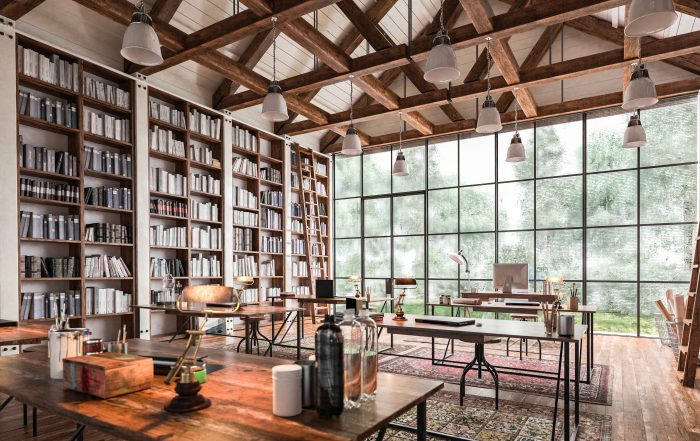Consumers spend hundreds of dollars every year on cleaning products- sanitizing wipes, window cleaners, floor mops- you name it. The average household spends more than $600 a year on these products.
It’s time to think about cleaning our air the same way we obsess over cleaning our floors, our windows, our countertop surfaces. The largest space in any room to clean is the air; and often the most overlooked.
We are so worried about making contact with germs on hard surfaces, but what happens every time we walk into a room and breathe in that air?
Let’s say you walk into a public library. Do you know if the last person who sat in that same chair you just sat down in was recovering from a virus?
Do you know if the students who left the school gymnasium before your child entered were coughing and sneezing releasing millions of contaminated particles into the air?
Cleaning our air has been encouraged by the CDC as an effective way to help mitigate virus spread. We take meticulous measures to wash our hands and sanitize high touch areas, but what about the areas we can’t touch?
There are plenty of reasons to consider cleaning your air regularly beyond the current virus transmission:
· Allergies: there are a number of reasons you might be sniffing and sneezing throughout the year- pet dander, dust, pollen, to name a few- and removing these tiny particles form the air is exactly what purifiers are designed to do. Those who suffer from pet and seasonal allergies frequently report a significant difference in their breathing when they are in a room that’s been purified vs. one that hasn’t if the primary offender is present.
· Odor Removal: the newest technologies in air purification allow devices not only to rid the air of harmful pollutants, but also foul odors. Adding an air purifier with this enhanced technology to a space that tends to generate foul smells- like a school gymnasium or nursing home- will not only clean the air but remove the odors.
· Sick Building Syndrome: SBS is a very real medical issue in which patients experience acute chronic health effects with no specific diagnosis. The only common thread is often linked to a period of time spent in a specific building. More often than not SBS is caused by lack of ventilation, and chemical contaminants in the air. Often SBS is linked to schools and offices that were built decades ago.
The simplest way to clean your air is to open a window and let the fresh air flow through, but oftentimes this isn’t practical. Air purification devices are an easy way to keep your space clean 24/7 without worrying about the weather. There are plenty on the market but be sure to look for the system that fits the size of the space you need to clean, not to mention offers the features you need most (such as odor reducing abilities, noiseless fans, etc). Some purifiers work by passing air through filters to reduce particulate while others create cleansing agents that go out into your space, continuously clean the air around you — and some do both. A little research can go a long way towards making sure you find the perfect air purifier for your specific needs.

Brandon Taylor – CEO, Greentech
Following a Nationwide search, Greentech Environmental announced Brandon Taylor as its new CEO. Taylor joined Greentech Environmental in 2019 as CFO/COO. Prior to joining Greentech, Taylor held several management roles in multinational energy organizations. Taylor’s leadership helped make 2020 Greentech Environmental’s most successful year in the company’s history so far.
Workplace Wellness Post Pandemic
Elon Musk isn’t the only one requiring employees to head back to the mothership. All over the US, nearly half of all CEOs are saying it’s time to come back to the office, citing [...]
When Creativity Sparks Innovation
While air purification has been around for decades, recent circumstances have led to accelerated growth and awareness in the industry. Consumer demand for air purifiers is at an all-time high and it seems that [...]
Investing in Your Air
Consumers spend hundreds of dollars every year on cleaning products- sanitizing wipes, window cleaners, floor mops- you name it. The average household spends more than $600 a year on these products. It’s time to [...]
How to Use Government Funds to Improve Air Quality in Your Schools
According to a recent study by the Government Accountability Office, 40% of the nation’s school systems need to replace at least half of their HVAC systems. You can join many other school, district, and [...]
The Rapidly Growing Business of the Air We Breathe
Anytime a new industry seems to pop up overnight and grow at a rapid pace, eyebrows should raise. Intentions should be questioned. Safety protocols should be evaluated. COVID put a magnifying glass on many [...]
A Call for Standardized Testing that Reflects Real World Scenarios
There are a lot of confusing claims circulating about air purifiers and their capabilities. The root of this problem is a lack of testing standards, which makes it difficult to measure product efficacy evenly. [...]







